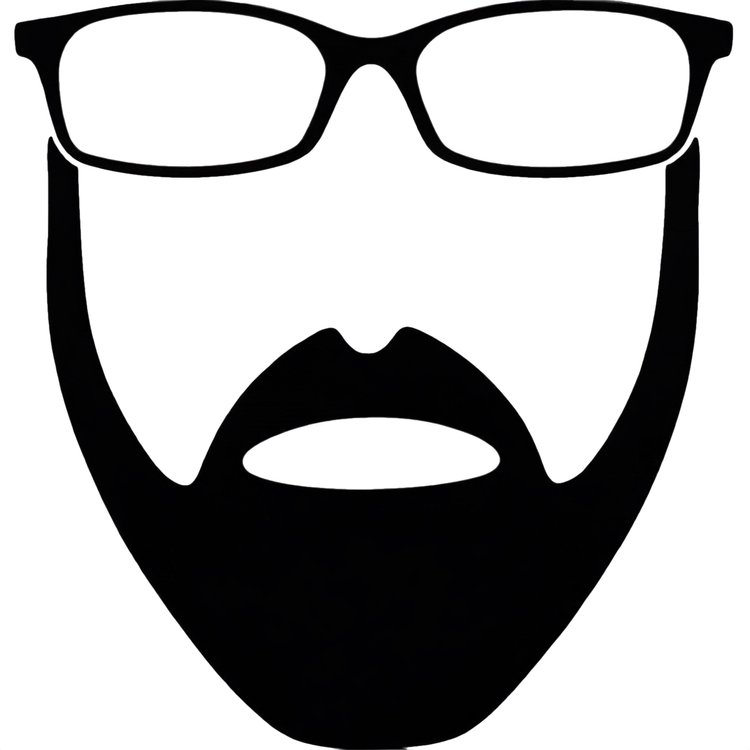When I run, I pass a local college with a flag pole out front. The American flag seems to rest perpetually at half mast, a sign of our constant collective tragedy. This time it's for the dozen slain in a California bar, but it will be for something else soon.
The earth over which that limp flag hangs is sick, soaked in the blood of those sacrificed to self-interest and fear. It's a rotting place where we live now, a place where wounds are never allowed to heal. These hurts are once and future. We groan when they break open and ooze across our screens, but we do not mend them. They fester and we sigh as though there were no medicine.
We treat our violence not as a sickness but as a garden to be tended. We grow death in this country, nurture it and ignore its cost while we praise the blooms it brings. Entertainment, money, self-protection, "freedom" — we point to these as reasons to persist in madness, rather than acknowledge them as symptoms of a greater malignancy. What is there to do in such a time as this? Cry for the dead? Rage at the abyss that swallows them? Pray?
For those of us burdened by the Resurrection, we cannot help but remember our call to hope. We are to be people of the third day, people who have seen life on the other side of death. For us, our task is to remember that a violence done, even the ultimate violence, is not a story's end. We are an epilogue people.
And yet.
Even the Christ, he who yokes us with such a hope, does not return from death unmarked. He presents his exit wounds to his disciples, showing them that even if Death no longer reigns, Suffering and Pain still have their place in the narrative of our hope. Even in new life, there is no escaping the marks left by a system obsessed with its nails and spears. Even of Christ, we demand an open wound.
